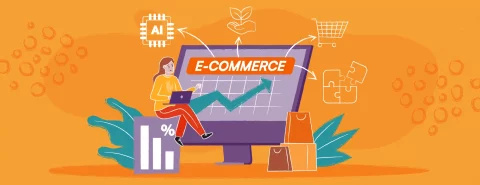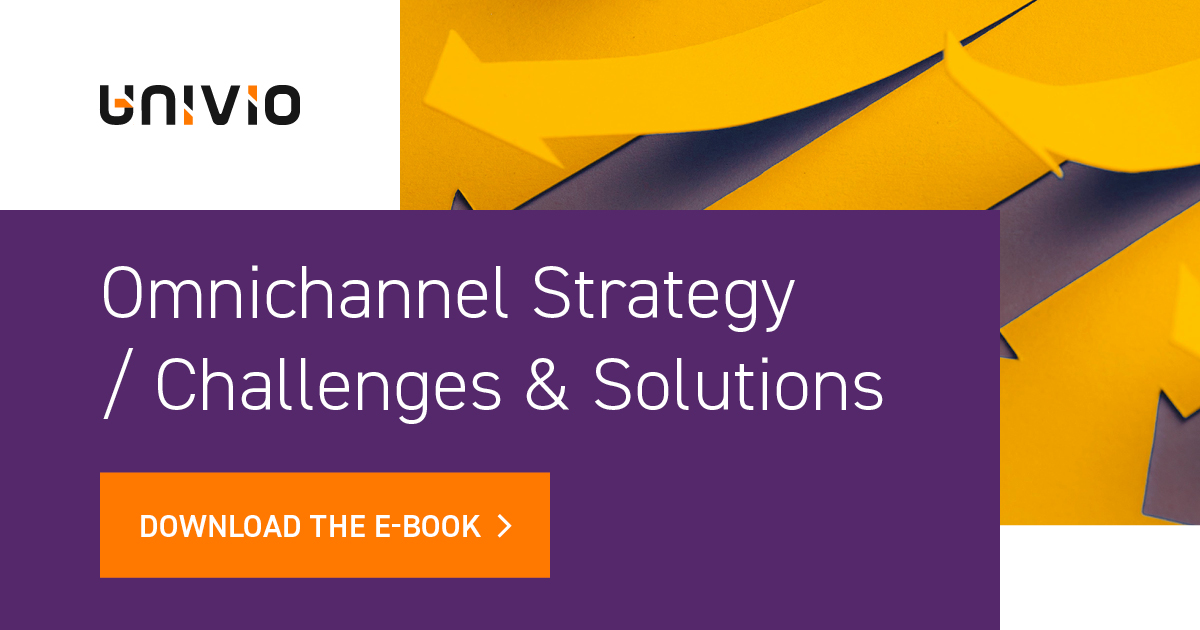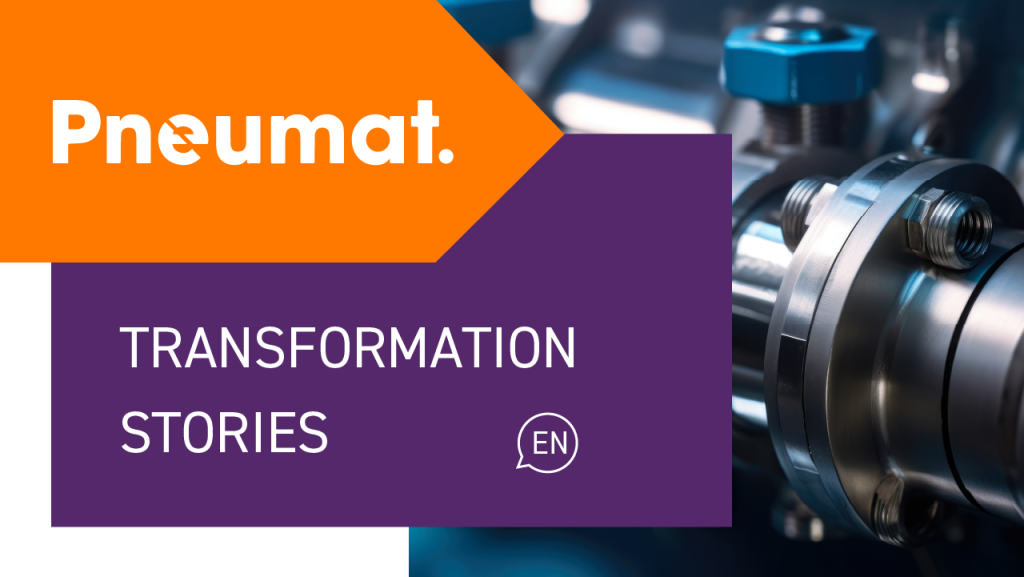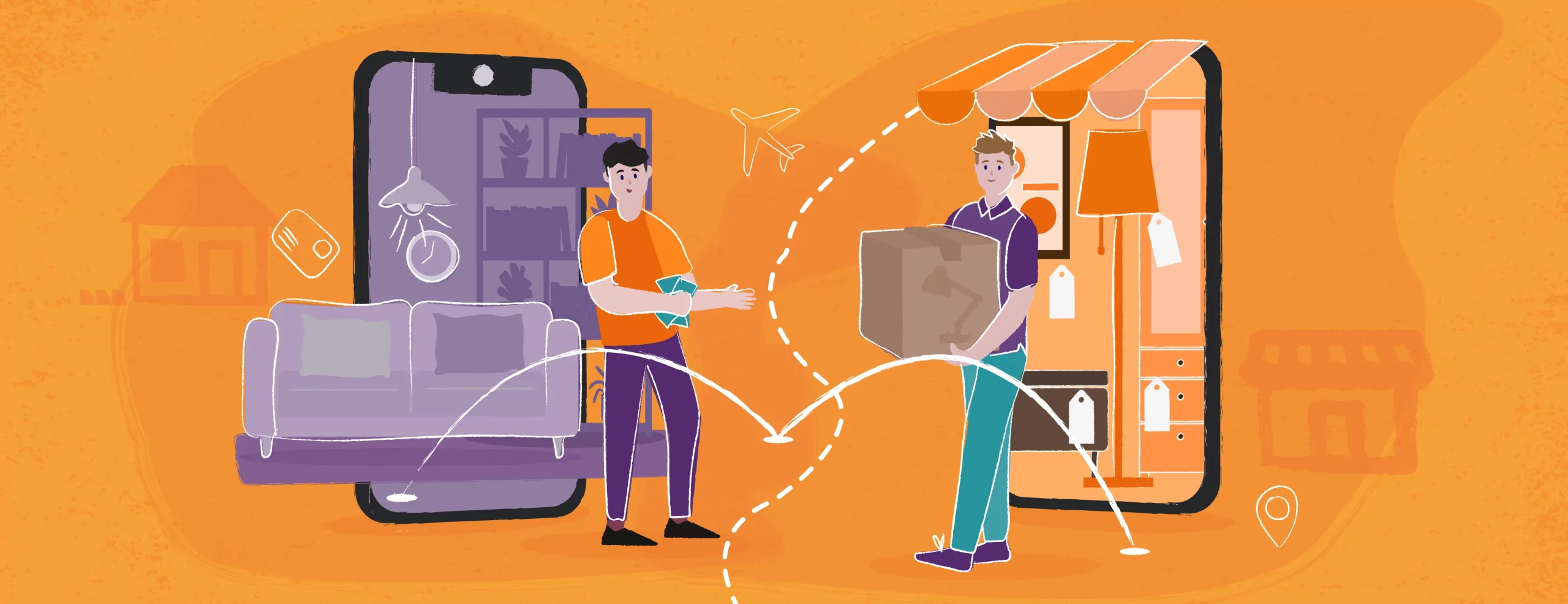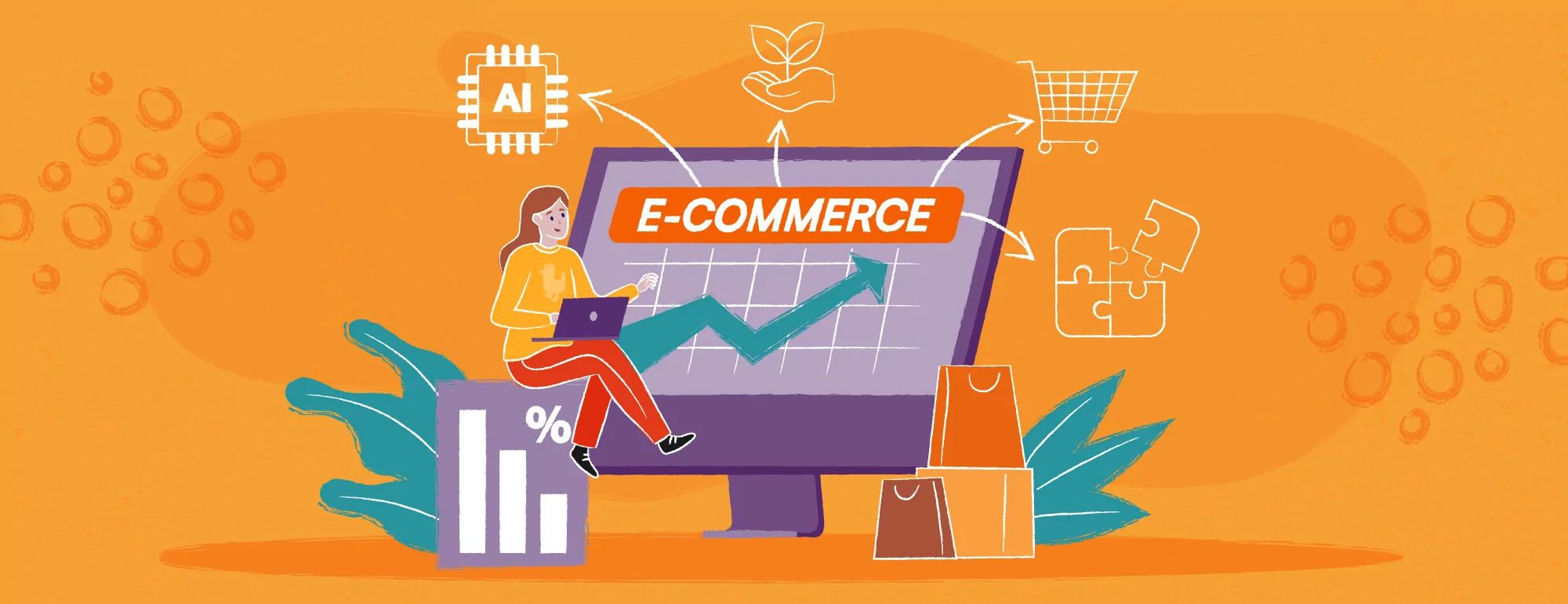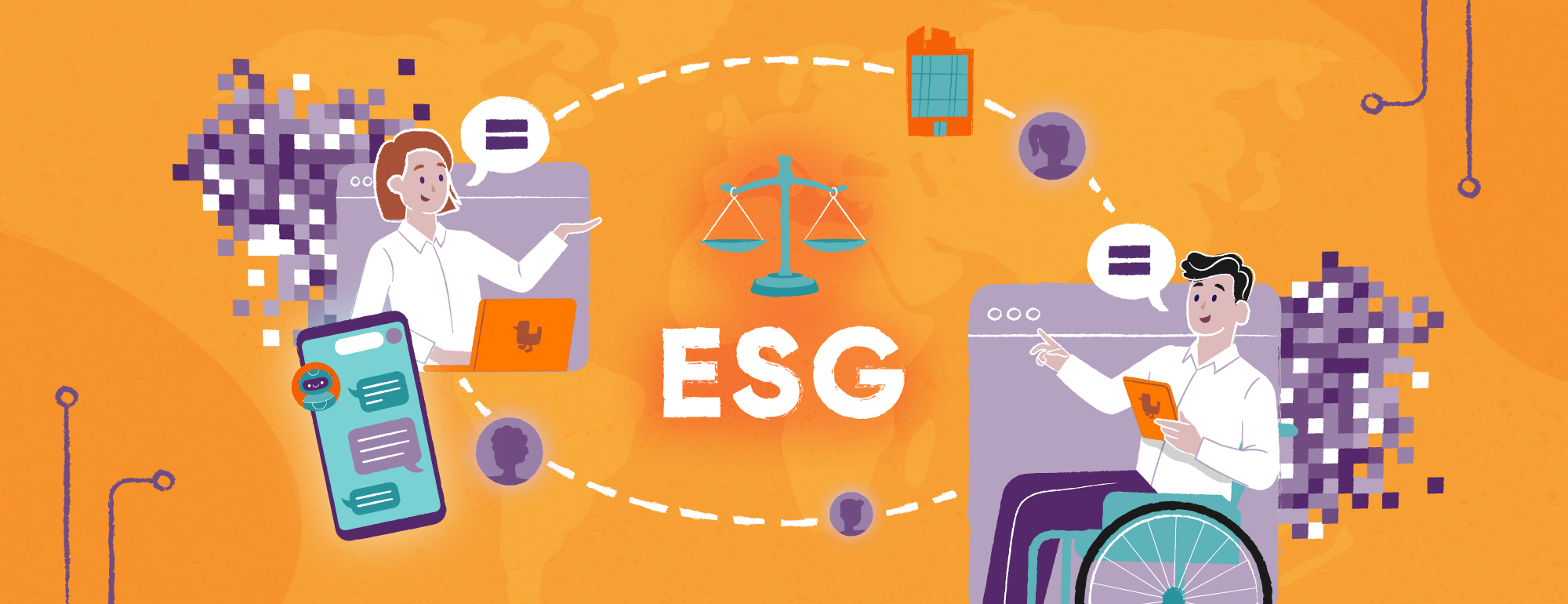How Omnichannel Fulfillment Shapes Customer Experience?
Imagine one of the customers who, while browsing Instagram, comes across perfect shoes for a wedding. She clicks the link, goes to the online store, but hesitates about the size. The next day, in the brick-and-mortar store of the same brand, she tries on the shoes – they fit perfectly, but they don’t have her preferred color. The salesperson offers home delivery for the next day. In the evening, the customer receives a shipping notification, and the shoes are waiting for her when she returns from work.
This is omnichannel fulfilment in action – seamless, consistent, and customer-friendly, no matter where the shopping journey starts or ends.
What is Omnichannel Fulfillment?
Omnichannel fulfilment is a logistics approach that connects all sales and distribution channels into a single, coordinated system. Unlike the traditional multichannel setup, where each channel works in isolation, omnichannel unites everything – online, in-store, mobile – so they work together.
At its core, it’s about giving customers a consistent, frictionless experience and full control over how they shop, buy, and return.
A key element of omnichannel fulfillment is comprehensive order fulfillment, which includes:
- Real-time stock visibility across all channels
- Flexible delivery and collection options
- Fast, reliable returns
- Consistent, personalised service
- Unified communication throughout the journey
How Omnichannel Fulfilment Improves the Customer Experience
Omnichannel fulfillment transforms the shopping experience by making it faster and more convenient. With all sales channels connected, customers can move easily between online and in-store shopping, choosing whatever suits them best.
Flexibility and Convenience Of Choice
Peter, a manager in a corporation, needed a new laptop for work. He found a suitable model online, but he depended on a quick purchase. Thanks to the Click & Collect option, he ordered the laptop online and picked it up the same day at the nearest store on his way from work to home. He saved time on searching without having to wait for delivery.
Omnichannel fulfilment lets people shop how they want:
- Buy online, get home delivery
- Order online, collect in-store
- Buy in-store, get it delivered
- Return online purchases in physical shops
One Experience, Everywhere
Anna started shopping for a new phone online, saving her favourites to the cart. The next day in-store, the assistant already had her selections ready to show her – no need to explain again. She made her choice and used an in-app discount before paying.
This is the strength of omnichannel: same products, same prices, same service – regardless of where or how customers shop.
Better Personalization
Marc shops regularly both online and in-store from the same brand. Their system combines all his purchases into one profile. Now, whether he’s on the app or in the shop, he gets personalised product suggestions, relevant offers, and early access to promotions.
This level of personalisation is only possible with:
- A single customer profile across all touchpoints
- Insights from behaviour across channels
- Offers tailored to preferences and habits
Speed and Efficiency of Order Fulfillment
Kate needed a last-minute gift. She placed an order online in the morning, choosing same-day pickup at the store. The system assigned the order for fulfillment to the store that had the product in stock. Thanks to this, she could pick up the gift in the afternoon, instead of waiting several days for delivery.
Effective inventory management in the omnichannel model enables:
- Order fulfillment from the nearest location, which shortens delivery time
- Shipping cost optimization
- Increased product availability
- Reduction in the number of unavailable products
Easy, Painless Returns
Tom bought several T-shirts online – one didn’t fit. Instead of returning it by post, he dropped it off at the local store. It was processed instantly, and the refund hit his account the same day.
When customers know returning is simple, they’re more likely to buy in the first place
Technologies Supporting Omnichannel Fulfillment
Successful omnichannel fulfillment hinges on advanced technology that seamlessly connects all sales channels and streamlines logistics operations.
At the core of this ecosystem are integrated ERP, WMS, and OMS systems, which ensure consistent data flow, optimized inventory management, and efficient order processing.
A major leap forward is the adoption of Distributed Order Management Systems (DOMS), which intelligently route orders across the entire sales network for maximum efficiency. Meanwhile, AI-driven tools and IoT technologies are becoming essential, further enhancing agility, precision, and responsiveness across the fulfillment chain.
Driving Smarter Omnichannel Fulfillment with AI and Machine Learning
Artificial Intelligence (AI) and Machine Learning (ML) are transforming key areas of omnichannel fulfillment, driving smarter, faster, and more responsive operations:
- Demand forecasting: AI-powered algorithms analyze historical sales data, seasonal trends, and marketing campaigns to generate highly accurate demand forecasts.
- Delivery route optimization: machine learning models determine the most efficient delivery routes by factoring in real-time variables like traffic conditions, weather, and delivery windows.
- Dynamic inventory allocation: intelligent systems continuously assess sales patterns and customer behavior to optimize inventory distribution across channels, minimizing stockouts and overstocks.
- Personalized customer experiences: by analyzing individual shopping habits and preferences, AI enables tailored product recommendations and customized promotions that boost engagement and conversion rates.
Internet of Things (IoT) and Its Impact on the Supply Chain
IoT technology brings transparency to the omnichannel fulfillment process through:
- Real-time shipment tracking: IoT sensors transmit data on location and storage conditions of products.
- Intelligent warehouse management: sensors monitor inventory levels and automatically initiate the replenishment process.
- Beacons in brick-and-mortar stores: micro-transmitters communicate with customers’ mobile applications, offering personalized promotions.
Examples of Brands Successfully Implementing Omnichannel Fulfillment
Implementing an omnichannel fulfillment strategy is no longer a one-off project—it’s a continuous, dynamic process that evolves with shifting consumer expectations and market realities. Leading companies don’t treat omnichannel as an add-on; they build their entire sales strategy around it, making it the backbone of modern retail.
Retail giants like IKEA, Decathlon, Zalando, Amazon, and Walmart are already setting the pace:
- IKEA seamlessly bridges the gap between physical and digital shopping. From augmented reality apps that let customers visualize furniture in their homes, to Click & Collect points and urban Planning Studios, IKEA is redefining convenience and experience.
- Decathlon champions Unified Commerce, enabling customers to move effortlessly between channels. Whether ordering online for in-store pickup, using RFID-enabled self-service checkouts, or exploring interactive kiosks, Decathlon delivers fluid, tech-powered journeys.
- Zalando expands its impact with Zalando Fulfillment Solutions, opening its sophisticated logistics network to partners. This gives brands access to international warehousing and fulfillment without heavy infrastructure investments.
- Amazon, through Fulfillment by Amazon (FBA), leverages a vast global logistics network and AI-driven analytics to ensure rapid, precise delivery at scale.
- Walmart blends digital and physical retail through innovations like Pickup Towers, Endless Aisle kiosks, and Walmart+ services. In-store apps enhance order picking, making the process more efficient for both staff and customers.
These industry leaders don’t just deliver products — they create seamless, consistent experiences across every touchpoint. Their success proves that omnichannel fulfillment isn’t just a logistics solution — it’s a critical driver of competitive advantage in modern retail.
Omnichannel Fulfillment: Key to Customer Loyalty
Implementing an omnichannel fulfillment strategy today isn’t a one-time initiative—it’s a continuous, evolving process shaped by shifting customer expectations and changing market dynamics. The most successful companies don’t view omnichannel as a side project. They build their entire sales strategy around it, making it a core driver of business growth.
Modern platforms like fulfillmenttools play a vital role in this transformation. By connecting sales channels with logistics hubs in a unified ecosystem, fulfillmenttools uses intelligent algorithms to optimize the process reducing delivery times and significantly lowering operational costs.
Now ask yourself: Is your company delivering the seamless, consistent experience that today’s customers expect?
If the answer is no or even “not yet” then now is the time to act. Investing in a robust omnichannel fulfillment strategy isn’t just a competitive edge; it’s a critical step in your broader digital transformation journey.
Want to find out which system will be best for you?
